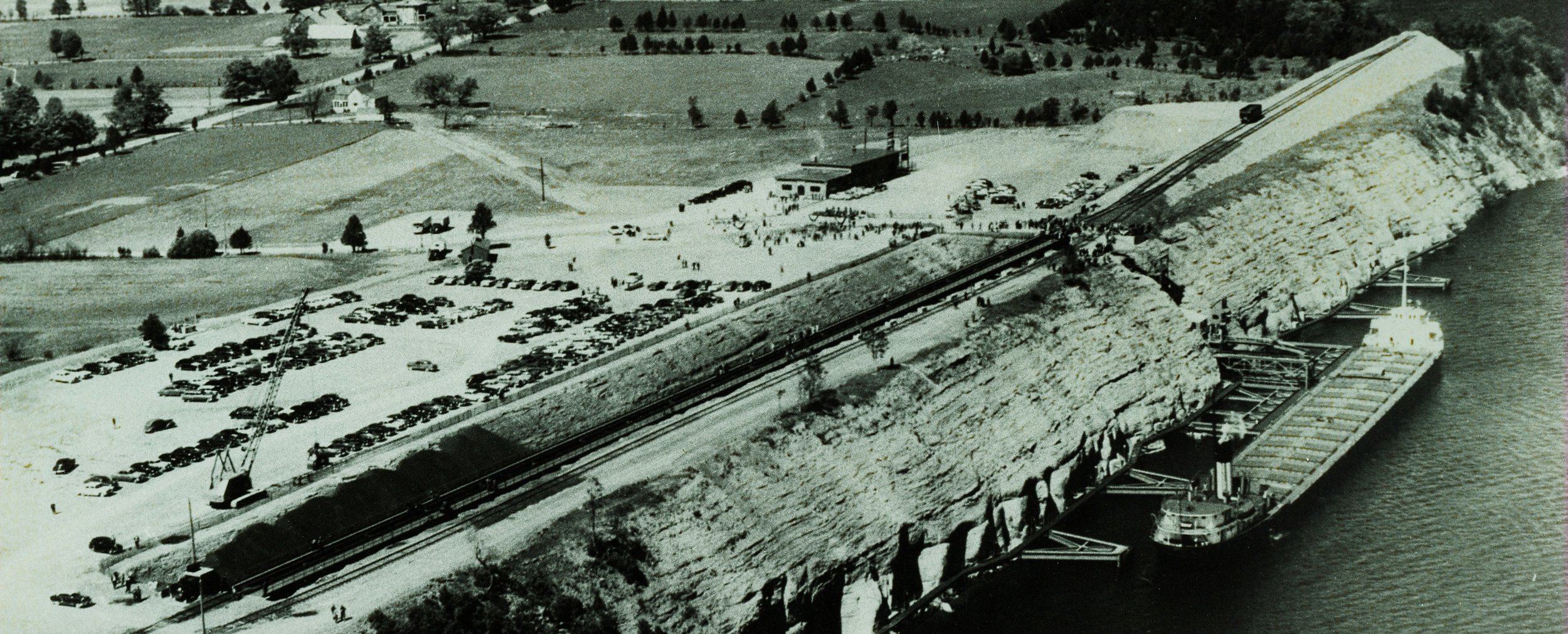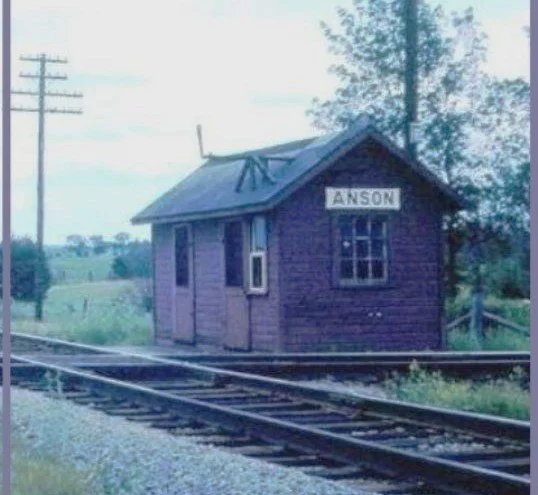We were the only ones had a potash kettle and they often got it to butcher their hogs., My father-in-law and a neighbour once wanted to make potash (the water-soluble part of the ash formed by burning plant material; used for making soap, glass and fertilizer)
They cut several trees, piled and burned them, put the ashes in a salt barrel and poured on water; saved this and boiled it down until the kettle was red and then they had potash, which was sent away for some cash to a soap company.
Money was scarce, so each one tried some way to have cash. Women would go to the forest for wild berries and dry them. Some men would trap for furs, hunt for deer or fish for food. My father moved north of Cordova, now from near Campbellford, to a forest of 200 acres. He built and cut a clearing for a home and today, it is a very nice tract of land. The neighbours there were Russels, Wiggins, Cars, Allens, Breakenridge, Minihans. Maloneys, Wannamakers, Crippens, Caverleys and McConnels.
Once our P.O. was Wariston but now it is Cordova and most of this land around here was crown land and at that time it had to be occupied for a few years before a crown deed was got out.The only farms remaining in this settlement over 100 years still are occupied by the older people, ancestors, and carrying the same name, such as the old Caverly home, a few more miles down the way.
When we first moved there I got very lonely and ran away over two miles before they caught me. I hated it so bad. This Cordova was a gold mine and it made lots of work and many came for miles to work there.











































